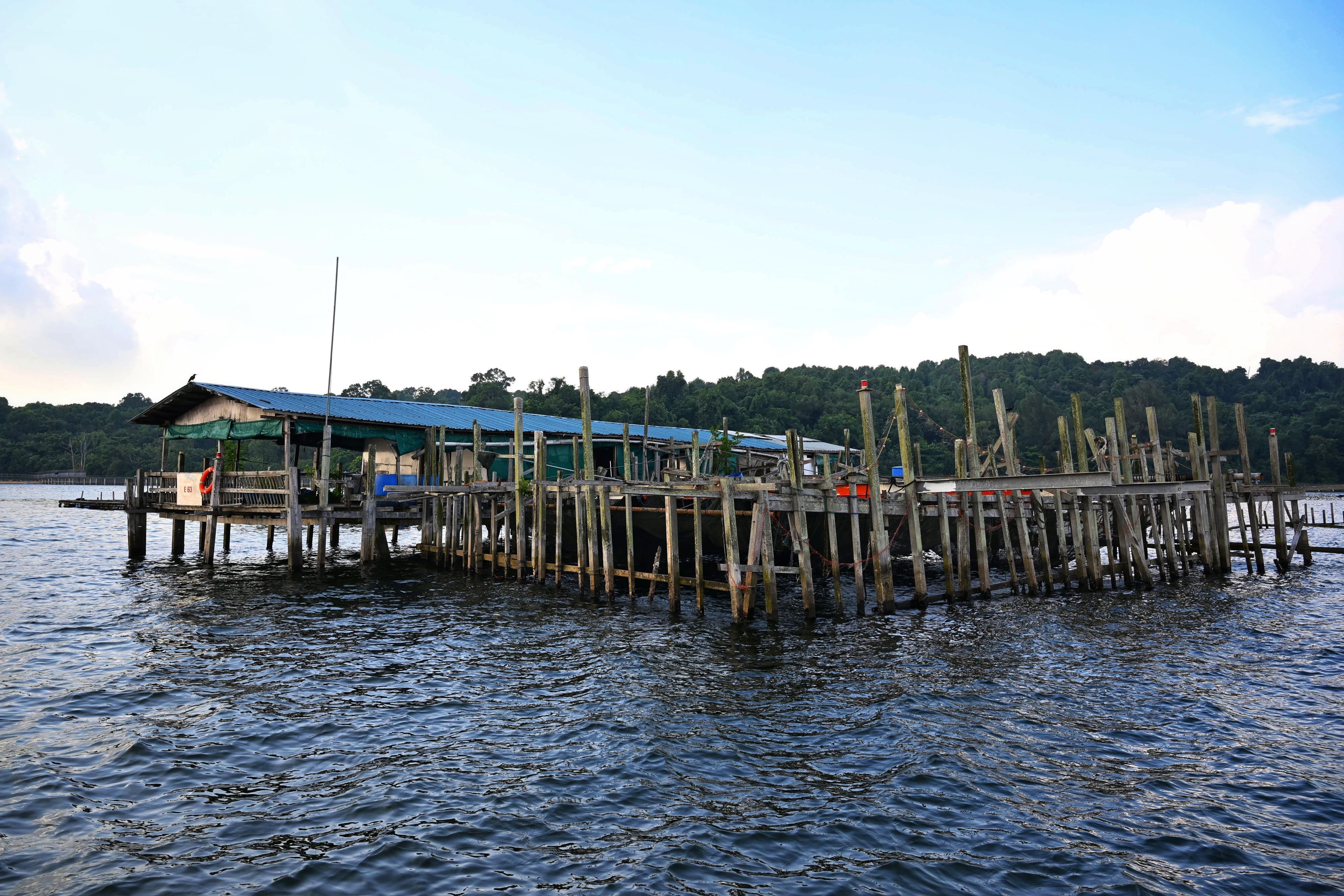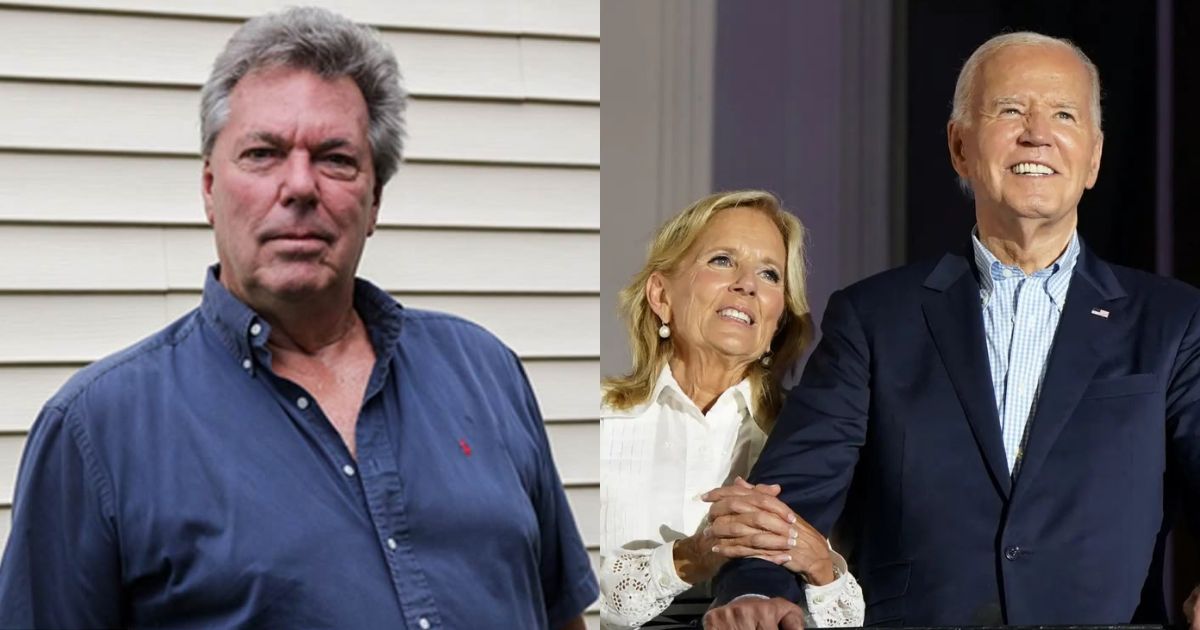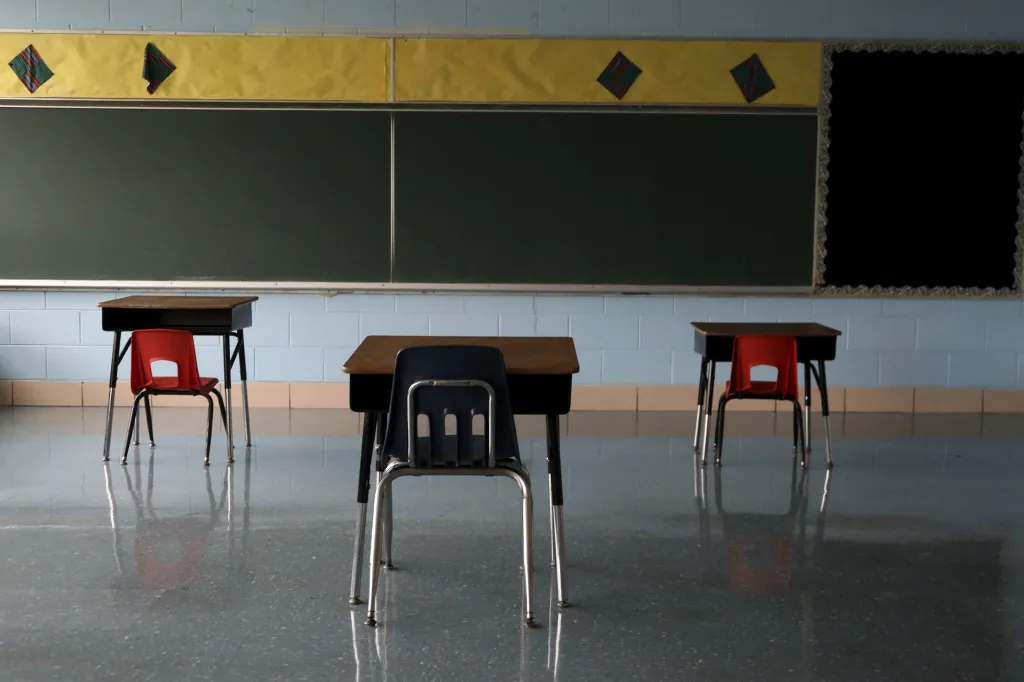By Ng Keng Gene for The Straits Times
Copyright tnp

One of Singapore’s last kelongs is on its last legs, after an unsuccessful attempt to breathe new life into it by using it for education and research.
Kelong E63 – located off the coast of Pulau Ubin – had its last year-long temporary occupation licence end on Aug 31. Owner Timothy Ng has been given a month-long extension to clear out the kelong and pass other fish farmers any equipment they wish to use.
Thereafter, the Singapore Food Agency (SFA), that oversees the country’s aquaculture sector, will demolish the kelong before the sea space is handed over to the Singapore Land Authority.
Prior to its closure, the National Heritage Board (NHB) extensively documented the kelong – an offshore palisade fish trap – and its accompanying floating fish farm, in recognition of the role of kelongs in Singapore’s maritime heritage.
Kelongs were once a common sight in Singapore’s waters – about 310 kelong licences were issued in 1952, for instance – until they started to die out in the 1960s because of declining fish stocks and, later, the advent of sea-based aquaculture farms in the 1980s.
After learning that Mr Ng was thinking of giving up his kelong, the Singapore Heritage Society (SHS) in March 2024 proposed to the authorities for it to be retained, possibly for education and research.
The society then had until end-2024 to work with consultants to study the feasibility of using the kelong as a community and education space, but it did not manage to secure funding, although one family office showed interest in operating the kelong.
An investment director at the family office, which requested not to be named due to business confidentiality, told The Sunday Times that the feasibility study was projected to cost up to $500,000.
She said it was a substantial amount for an investor to pay, especially with no guarantee that the kelong would be allowed to operate following the study.
SHS executive director Fauzy Ismail also said that yearly lease renewals – the term limits set by the Foreshores Act 1920 – made it challenging for potential investors to plan for long-term investments, given that a long-term stay is not guaranteed.
Mr Fauzy noted that there is no precedent where a maritime food production facility has been converted for community and education use, which meant there was uncertainty over how the kelong would be regulated in the future – should a change of use be approved.
Kelong E63 was purchased by Mr Ng, 77, in 2004, along with a floating fish farm connected to it.
He decided to give up the fish farm in 2024 after making losses of about $2 million over two decades of running it and the kelong.
The floating farm was towed to Malaysia to be used by a farm there in October 2024, and Mr Ng held on to the kelong for another year to buy time for the SHS to study its retention.
Mr Ng, who last visited the kelong on Aug 31 and will not return unless needed, said he left it “with a bit of sadness, as I and everyone involved have given saving it our best shot in the circumstances”.
“If it has to go, it has to go,” he added.
New kelong licences have not been issued since the Primary Production Department – the agency that would eventually become the SFA – stopped doing so in 1965.
SFA said that including kelong E63, there are four remaining licensed kelongs in Singapore.
The agency said the other three are located off Seletar and Lim Chu Kang, noting that these areas are outside SFA’s designated aquaculture zones, which include the waters near the Southern Islands and the East Johor Strait, as well as on land in Lim Chu Kang.
“The temporary occupation licences for the remaining three licensed kelongs may be renewed, subject to the farms meeting requirements set by SFA,” said the agency.
Mr Fauzy noted that during the society’s advocacy for kelong E63, he noticed that there was not much interest among the public to encourage contributing time or resources towards the kelong’s maintenance, or running tours to it.
This, he believes, reflects how quickly people have forgotten about Singapore’s maritime heritage.
“While E63 isn’t the last kelong in Singapore, we’d rather not get to that point before people start noticing that our maritime heritage has gone strangely quiet for an island that’s surrounded by the sea,” he said.
Asked if the Government intends to retain at least one functional kelong in Singapore for education and heritage, NHB said: “As Singapore develops, and lifestyle choices of Singaporeans’ evolve, it may not be possible to keep every historical building or structure as a relic of the past.
“That said, it is important for each successive generation of Singaporeans to appreciate the journey of how Singapore has changed over the years.”
To this end, the NHB documented kelong E63 through methods such as observational fieldwork, oral history interviews, photography, 360-degree videography, photogrammetry and 3D modelling.
The board noted that E63 had many functional elements found in kelongs, including a mechanical winch, a system of guiding stakes and “no-return” nets that reflect the traditions and techniques involved in running such fisheries.
“The owners of the kelong and the workers on board were engaged in the process through oral history interviews to enhance the documentation with personal stories,” said NHB.
It added that its work serves as a record of the kelong’s structure and construction, and will allow the public to have a better understanding of how a kelong works without visiting one in person.
“The documentation – which included underwater documentation – is also valuable for researchers and future historians who choose to study kelongs in the future, and is detailed enough that a kelong can be recreated from the data if desired,” said the board, which has published some of its research and documentation on its resource portal Roots.gov.sg
NHB is also discussing sharing research content with SHS – which is collaborating with arts organisation OH! Open House – for possible sea-based tours around kelong E63 in the coming months.
Mr Ng hopes future generations will still have an opportunity to see a kelong in Singapore.
“I hope there are sponsors that can come along, so things won’t go the same way for the remaining three. There should be at least one retained, but it won’t be E63.”



